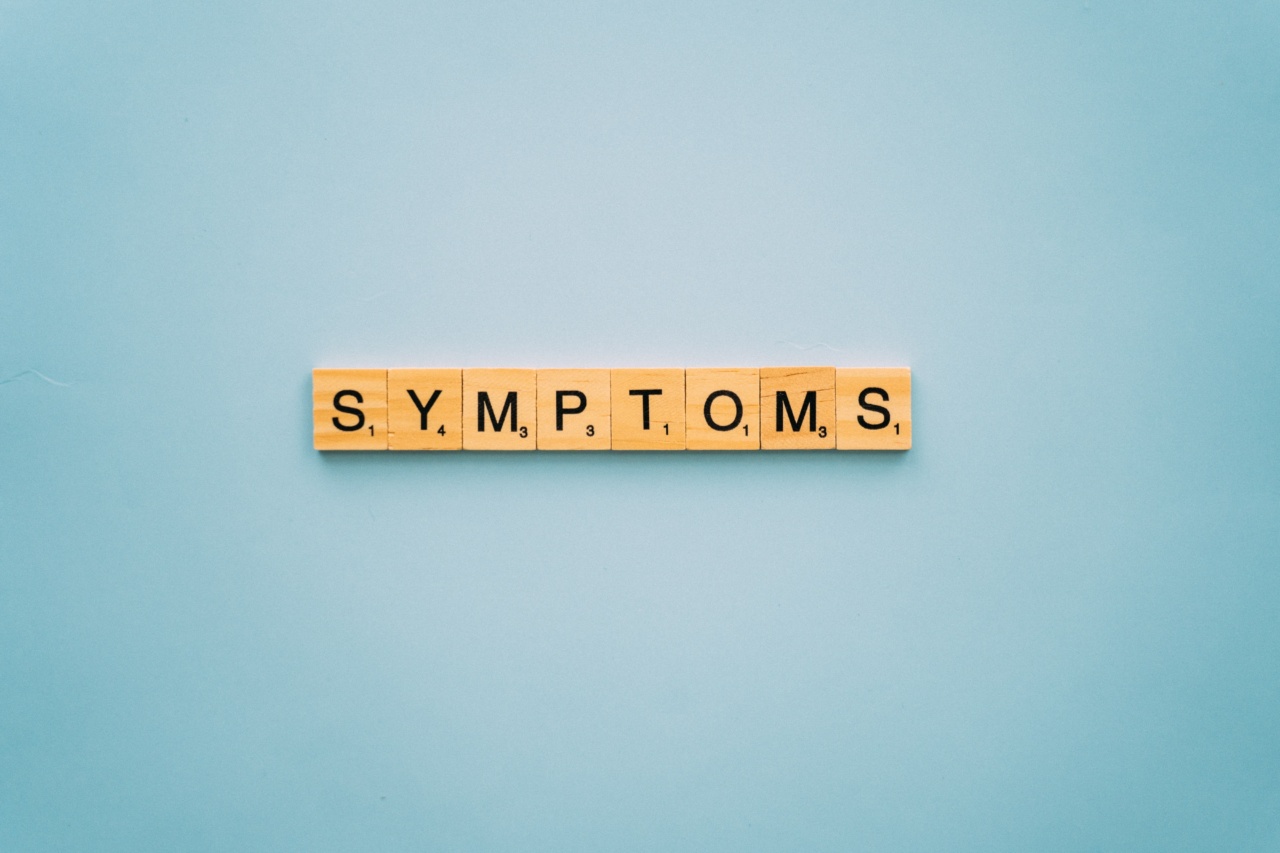Knee osteoarthritis is a common degenerative disease that affects a large number of people worldwide. It is characterized by the gradual wearing down of the cartilage that cushions the joint, leading to pain, stiffness, and decreased mobility.
While the condition is most commonly seen in older adults, it can also occur in younger individuals who have experienced knee injuries or have other predisposing factors.
: Signs and Symptoms
The signs and symptoms of knee osteoarthritis can vary depending on the severity of the condition and the individual’s specific situation.
Nevertheless, there are several common signs and symptoms that doctors look for when diagnosing the condition. These include:.
: 1. Pain
The primary symptom of knee osteoarthritis is pain. The pain typically occurs when the joint is in use, such as when bending or straightening the knee. The pain may be mild or severe, and it may come and go or be persistent.
It may also be worse after activities that strain the knee, such as running or climbing stairs.
: 2. Stiffness
Individuals with knee osteoarthritis often experience stiffness in the joint. The stiffness is usually most pronounced in the morning or after sitting for a prolonged period. The stiffness may also be present after prolonged activity or exercise.
: 3. Swelling
Knee osteoarthritis can cause the knee joint to become swollen or inflamed. The swelling may be mild or severe, and it may come and go or be persistent. It may also be worse after activities that strain the knee, such as running or climbing stairs.
: 4. Limited Mobility
Individuals with knee osteoarthritis may experience limited mobility in the affected joint. This can make it difficult to perform activities that require knee movement, such as walking, running, or climbing stairs.
It can also cause difficulty in getting up from a seated position or bending down.
: 5. Cracking or Popping Sensations
Knee osteoarthritis can cause cracking or popping sensations in the affected joint. These sensations are often caused by the rubbing together of bones that have lost their protective cushioning.
They may occur during movement or even when the joint is at rest.
: 6. Weakness
Individuals with knee osteoarthritis may experience weakness in the affected joint. This can make it difficult to perform activities that require strength in the knee, such as climbing stairs or carrying heavy objects.
: 7. Deformities
In severe cases of knee osteoarthritis, the joint may become visibly deformed. This can cause the knee to look misaligned or abnormal. It can also cause difficulty in walking or performing other daily activities.
: 8. Difficulty Sleeping
Individuals with knee osteoarthritis may experience difficulty sleeping due to the pain and discomfort associated with the condition.
The pain may make it difficult to find a comfortable sleeping position, and the stiffness may make it difficult to move around in bed.
: 9. Fatigue
Knee osteoarthritis can cause fatigue in the affected joint. This can make it difficult to perform activities that require endurance, such as standing or walking for prolonged periods.
: 10. Reduced Quality of Life
Individuals with knee osteoarthritis may experience a reduced quality of life due to the pain, stiffness, and limited mobility associated with the condition.
It can cause difficulties in performing everyday tasks, participating in hobbies and activities, and maintaining social relationships.
: Conclusion
Knee osteoarthritis is a common degenerative condition that can cause significant pain, stiffness, and limited mobility in the affected joint.
The signs and symptoms of the condition can vary depending on the severity of the disease and the individual’s specific situation. If you are experiencing any of the signs or symptoms of knee osteoarthritis, it is important to consult with your doctor for a proper diagnosis and treatment plan.




























